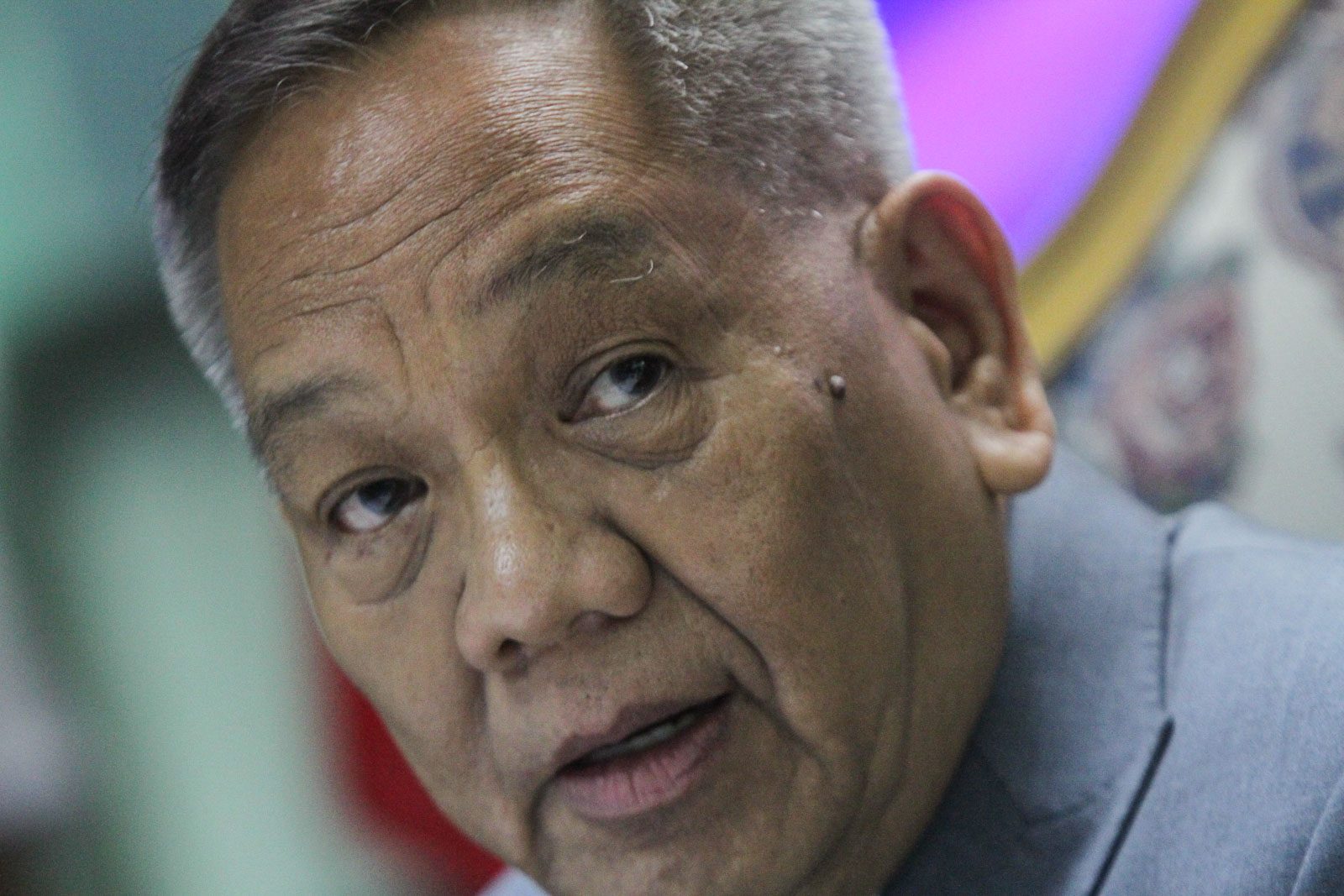SUMMARY
This is AI generated summarization, which may have errors. For context, always refer to the full article.

Can the Supreme Court under Chief Justice Diosdado Peralta do a repeat of 2007 when the High Tribunal adopted judicial activism to address killings and disappearances under former president Gloria Macapagal Arroyo?
“If there are complaints about disappearances and unnecessary surveillance, they can come to court and then file the necessary petitions, and there are petitions pending before the Court of Appeals and habeas data and writ of amparo. The rules have not changed, it’s still there,” Peralta said on Thursday, June 11, in a rare press conference held online for the first time because of quarantine rules.
Peralta’s answer falls short of the activism the Supreme Court exhibited during the time of Arroyo.
The Chief Justice said people can always file cases, consistent with the principle of passivity.
The judiciary is a passive branch, it will not act until one files a case before it. Some justices prefer judicial restraint, which prevents overstepping on the jobs of the executive and legislative branches to preserve the balance of power.
Judicial restraint versus judicial activism is a longtime debate. Judicial activism is when the Court does the opposite – to intervene in the affairs of the other two branches to push for a better sense of justice. (READ: Why usual dissenter Leonen leans toward Duterte in ICC pullout case)
In 2007, amid the rise of killings and disappearances under Arroyo, former chief justice Reynato Puno did a rare, bold move – he convened a national summit and “searched for solutions” to human rights abuses.
“We are all aware [that] we just concluded the National Summit called for the purpose of searching for solutions on the problem of extrajudicial killings and enforced disappearances,” said Puno in a committee meeting in July 2007, as quoted by a paper in the Ateneo Law Journal.
Only months later, the Supreme Court promulgated the rules on the writs of amparo and habeas data, extraordinary remedies that would give protection to activists and other government targets.
Many saw the move as an act of judicial activism – whether you favor it or not depends on which judicial principle you follow.
But the 1987 Constitution allows the Supreme Court to promulgate new rules. And in 2007, Puno told the Taipei Times, “The issue commands urgency. So many lives have been lost. So many disappearances.”
Is the Supreme Court under Peralta seeing a similar urgency now, with around 20,000 killed in President Rodrigo Duterte’s war on drugs, and a wide crackdown on dissent?
Peralta claims “we are still proactive, because the rules are still there,” but doesn’t answer whether it will consider a more proactive role in addressing human rights abuses.
The United Nations Human Rights Office recently released an explosive report that found policemen are planting guns in drug war crime scenes, and that Duterte’s rhetoric may be inciting police to abuse.
“It’s qualitatively and quantitatively worse,” National Union of Peoples’ Lawyers (NUPL) president Edre Olalia said, comparing Duterte’s human rights record with Arroyo’s.
Even Puno’s extraordinary writs seem to be growing weaker in the time of Duterte, with straight losses of activists due to procedural lapses.
Sereno’s committee
In 2016, former chief justice Maria Lourdes Sereno was actually on the verge of doing a repeat of the 2007 activist court, when she created a technical working group (TWG) on human rights.
Sereno wanted this TWG to assess whether existing rules were sufficient to address current human rights problems. This was in March 2016, before Duterte, but Sereno pointed to this committee in 2017 when she was asked how the Court can have more teeth in addressing killings in Duterte’s drug war.
“The problem is we have a Constitution that places the judiciary at the end of the process… We do not do investigations, we do not file cases, the limitations remain,” Sereno said in August 2017, in her own meet the press event.
She said the committee will reevaluate and see if there can be improvements to “account for the number of violent deaths that are being seen right now.”
Sereno was, however, ousted a year later, and nothing was heard from this committee since then. It was supposed to be headed by Sandiganbayan Presiding Justice Amparo Cabotaje-Tang.
Peralta said he will “look into it.”
“I just assumed my position last November…that human rights committee was organized, I think, by the former chief justice, it was actually organized by the former chief justice, I will look into it,” said Peralta.
“I will look into it if there’s a need to reorganize it, if there is a need to change the members, or require them to start having meetings pertaining to human rights,” said the chief justice.
Duterte has enjoyed an overwhelming winning streak in the Supreme Court, with Peralta concurring mostly with the majority to hand the President easy wins.
These wins have enabled Duterte to practice wide presidential discretion, which dissenters in the Bench say, are “enabling the rise of an emboldened authoritarian.” – Rappler.com
Add a comment
How does this make you feel?
There are no comments yet. Add your comment to start the conversation.